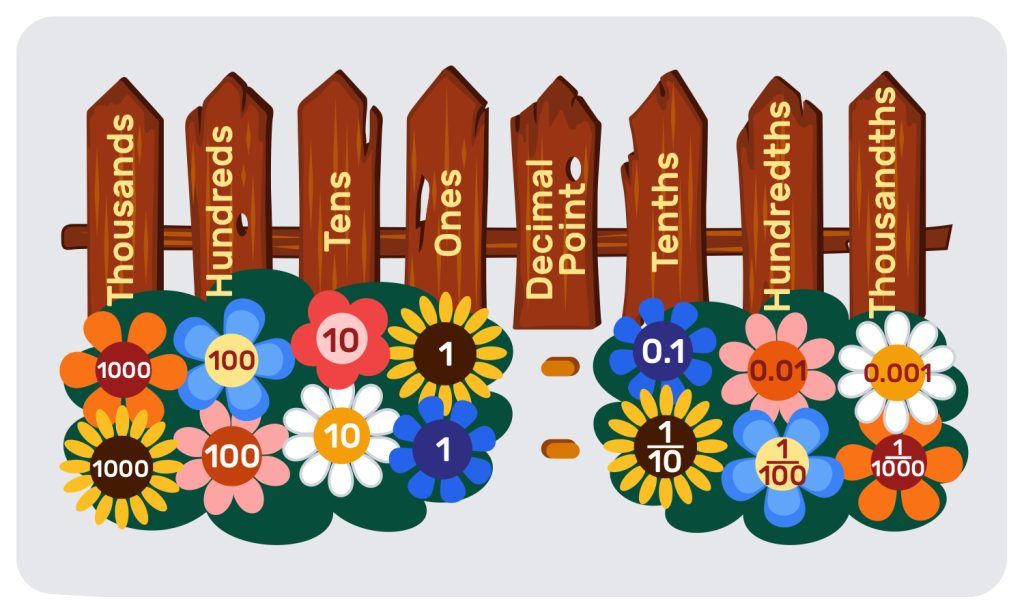Math test for grade 5
reviewed by Jo-ann Caballes
Common Core: 5th grade math practice test
The diagnostic 5th grade math test is a great way to prep for exams that fifth graders will encounter in school.
Like real school tests, 5th grade diagnostic tests cover topics aligned to the Common Core, which we cover below.
The topics focused on in this math test for 5th graders
Common core 5th grade math skills:
|
 |
More about the questions in the math test 5th grade
The set questions in the 5th grade test with answers align with Common Core standards, meaning these tests will directly correlate with kids’ school learning. Topics include:
- Place value and expanded form. Kids will understand how numerals in a whole or decimal number represent a place value.
- Rounding off. Kids will learn how to estimate numbers by rounding up or down.
- Multi-digit whole number operations. After working with single-digit numbers, kids will learn to add, subtract, multiply and divide multi-digit numbers.
- Multi-digit decimal fraction operations. Students will also learn to use multi-digit decimals in operations.
- Fractional operations. Using the four operations with fractions is key to 5th grade math tests.
- Problem-solving with coordinated plane. The coordinate plane system will help kids understand graphing lines, points and shapes.
- Multiplication and division with area. In 5th grade geometry, kids will learn to multiply and divide to work out shape areas.
- Multiplication with volume. Volume is another key metric in 3D shapes and geometry, and children will master multiplying to work out shape volume.
Other math tests for 5th graders
As well as a general 5th grade math test with answers, Brighterly offers online tests for fifth graders tailored to specific topics, including common multiple and division. View and take each assessment below.
| Grade 5 |
Common multiple: Practice Math ProblemsQuestions: 4 |
Start the test |
| Grade 5 |
Division: Practice Math ProblemsQuestions: 4 |
Next steps after math test grade 5
At the end of the grade 5 math test, it’s best to take action based on their answer. Here are the steps you can take to improve your kid’s skills:
- Identify your child’s weak areas of math knowledge: Your child’s 5 grade math test will highlight areas where their knowledge could be better. Once you have this knowledge, you can address how to improve their skills.
- Grade 5 math test worksheets: Once you’ve uncovered your child’s problem areas in math, download the most suitable worksheets in PDF from Brighterly – you’ll definitely be able to find the topic!
- Book a free math tutoring lesson: Brighterly’s 5th grade math assessment free is used by its tutors to create fully personalized lessons for your child. This tutoring boosts their skills and improves their math grades.
- Fill in the gaps with in-depth knowledge base articles: Brighterly’s knowledge base covers every math topic your child will encounter in school. These comprehensive articles explain these concepts in detail, with sample test questions and exercises to put their knowledge to the test.
Math test for 5th grade: Benefits
🤓 Use 5th grade math test online free to practice for school testsPrintable 5th grade diagnostic tests replicate school exams, helping kids to prepare and showing them what to expect from their tests so they go into them full of confidence and knowledge. |
🤩 5th grade math assessment highlights students’ strengths and weaknessesBy taking a fast 5th grade math test, kids can understand where they’re performing in math and where they need more help. This builds confidence and provides actionable insight. |
🧑🎓 5th grade math test online forms the basis for personalized learningThe printable 5th grade math test is used by Brighterly tutors to create a curriculum tailored to students’ needs. They’ll cover the topics they’re struggling with to boost math grades. |
💁 5th grade math fast practice test shows if kids are keeping up in 5th grade5th grade math test with answers assesses if kids are keeping up with the fifth grade curriculum. High scores indicate they’re excelling, whereas low scores indicate they need additional support. |




